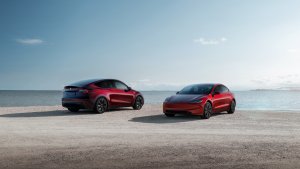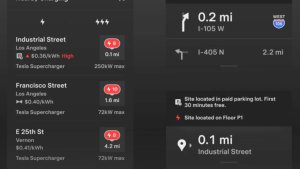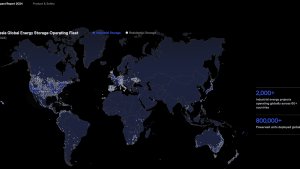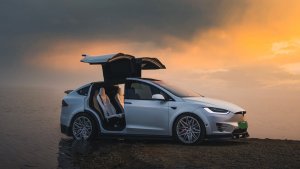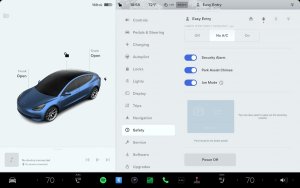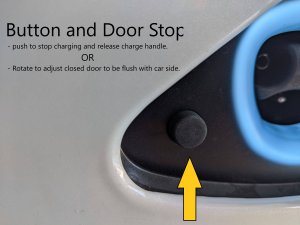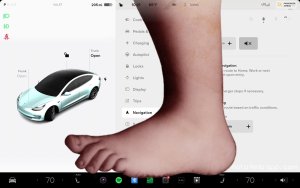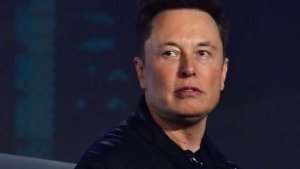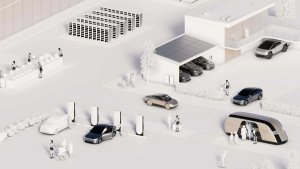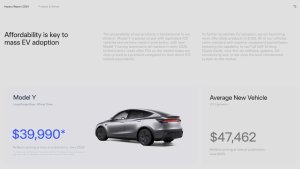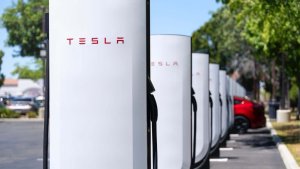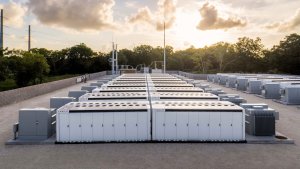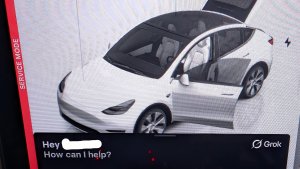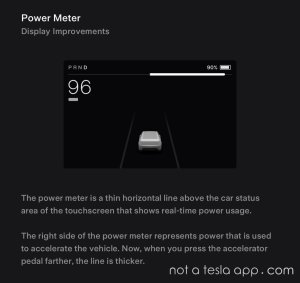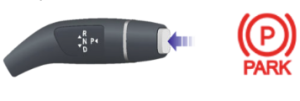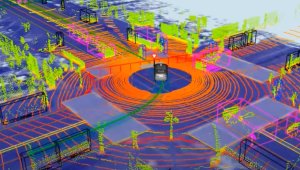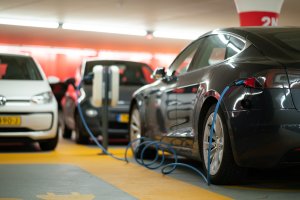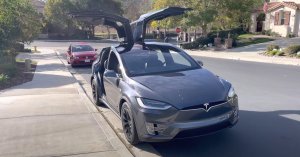What’s Next for Tesla? Our 2025 Wishlist

2024 was an amazing year for Tesla. Tesla went from FSD 12.1 in early January to FSD V13.2 by the end of November. While FSD appeared to be stagnant for a while, FSD V13 revived Tesla’s potential for an autonomous future. It made a lot of us realize that Tesla may be closer to an unsupervised version than we initially thought. While there are still leaps to be made to truly be unsupervised, Tesla is now closer than ever and may be able to release a geofenced version later this year or next year.
2024 also brought a new UI in the Spring Update and many exciting features such as Actually Smart Summon, Apple Watch support, Weather radar, new music services, hands-free trunk opening and many more.
As 2025 kicks off, we’re tempted to look at what Tesla vehicles could look like by the end of the year. We’ll take a look at new vehicles, improved hardware and new software features.
FSD
Tesla FSD V13 has set the bar pretty high, but let’s focus on the features we want to see. Of course, right off the bat, we know that Unsupervised FSD is possible sometime in 2025. While we don’t expect to see it early, there is a good chance we could see it in the latter half of the year in specific cities.
Tesla has been working with both Palo Alto in California and Austin in Texas on establishing the first Tesla Robotaxi network, so when Tesla finally launches in a specific market, its likely to be in one of these two.
Hardware 3
While FSD 12.6.1 is rolling out to a variety of vehicles with hardware 3, it’s still not V13. It does include the new highway stack and improved smoothness, but it lacks other V13 features such as the ability to Park, Unpark, and Reverse - the key features that really makeup FSD V13. The “Tap to Start FSD” button is also not available for HW3 or the Cybertruck.
Cybertruck
While the Cybertruck is already running FSD V13, it still lacks a lot of the same features as HW3 vehicles. Actually Smart Summon is also not available on the Cybertruck - it never received it with the initial launch of ASS earlier this year. Cybertruck is already a sight to see on roads and in parking lots, and a self-driving Cybertruck with nobody in it? Alien technology right there.
Better ASS
Actually, Smart Summon was a huge leap forward for Tesla’s robotaxi ambitions, and it really signaled just how far they’ve come with autonomy. However, it's still quite limited, with a fairly short range in North America of just 215 feet (65m). Then again, anything is better than the current European launch, with a paltry range of just 19.5 feet (6m) in some European nations.
Longer Range, both in North America - but especially in Europe - will be one of the keys to making it a far more useful feature than it already is. Most parking lots are far larger than the 215-foot distance that Actually Smart Summon currently supports, so in order to use it as designed, you really need to be parked near where you want to summon.
Doubling that distance to 500 feet will make a big difference in being able to summon your car from a reasonable distance, but with that much of a leap, Tesla will also need to allow Actually Smart Summon to be able to function on public roads for short times. Given that NHTSA has now opened up an investigation for Actually Smart Summon, these changes will likely not occur until the software feature is improved.
FSD in Europe & China
Today, Full Self-driving is restricted to just the United States and Canada - so most of North America. In fact, Mexico is geo-fenced, and FSD gets completely disabled when a vehicle with it enabled drives across the border.
Putting aside Mexico, FSD is expected to make its way to Europe and China sometime in 2025, especially with changes to European regulations coming to help allow FSD to actually function in its Supervised format. We’ll probably see the launch of FSD to European markets in some fashion later this year, but expect it to be behind Tesla’s target date of Q1.
In China, Tesla recently began showing the option to enable FSD, but it's greyed out for now, indicating that it’s potentially close to launching. Tesla has received approval to start testing FSD in China, so at this point, it seems to be a matter of time - cutting through red tape and gathering enough initial training data are going to be key.
Right-hand drive markets are also an additional challenge, as Tesla previously mentioned. Training for the time being has been focused on Left Hand Drive markets, so RHD markets will require additional training and refinement for FSD to really shine there.
New Vehicle Launches
Tesla has been hinting at an upcoming event in their updated referral program, which includes a potential invite to a future Tesla event. While we just had the Robotaxi event and Tesla just showed off the Model Y Juniper refresh, there is still more to come.
Next-Gen Model - Project Redwood
Tesla’s next-gen model, internally known as Project Redwood, is getting close to launch. While many have referred to this as the Model 2 or Model Q, we’re still not sure what it’ll be called just yet - or even what it will really look like.
However, Tesla seems primed to launch the vehicle sometime this year, and it’ll be a fairly compact vehicle, 15% smaller and 30% lighter than the Model 3 - the same size as the average Mini. If Tesla manages to keep in line with its originally promised pricing targets of $25,000 USD, this will be one of the best-selling EVs available. We expect it to be heavily based off of the Cybercab, but time will tell.
Tesla Semi Factory
Ok, while this isn’t “launching” next year, the Giga Nevada Semi Factory is expected to be completed and operational by the end of 2025, so we’re likely going to see the Tesla Semi fleet start getting ramped up and expanded in late 2025 and early 2026, and this is one of Tesla’s most exciting products.
It has the potential to make the biggest impact on carbon emissions and fuel usage in a consumer-adjacent industry, so we could see a lot of immediate positive change from Tesla’s Semi in day-to-day life.
We’re super excited to see the Semi Factory get off the ground and more Tesla Semis begin to make their way into the wild.
Update: This article has been updated to correctly state that Tesla’s new Semi factory is in Nevada.
Tesla Software
There have been some great software improvements made this year, especially during the UI redesign in the Spring Update, but there’s always more we’d love to see.
AirPlay / Google Cast Support
Being able to cast from your iOS or Android device right to your Tesla display would be a fantastic addition. Imagine not having to worry about logging in, or whether a streaming service is available via the browser or app in your vehicle. Simply load it on your phone and cast it to your vehicle.
The iOS / Android ecosystem is just too big for Tesla to try to rebuild it in their vehicles, and even if they did or emulated Android apps, you’d still be stuck logging in to each service.
We all already have a much faster computer in our pockets that’s used daily. Lots of times it’s used in short spurts, so being able to quickly send a vehicle to your vehicle’s larger display would be ideal.
Steam Gaming
Tesla has recently made some hints that it could be expanding or bringing back Steam Gaming to its vehicle lineup.
While the feature was dropped in newer Model S and Model X vehicles, there is still a chance Tesla could bring it back with improved support. After all, the AMD APU likely outperforms the Steam Deck - a portable PC gaming device that was released in 2022.
Improved Android Support
Tesla recently launched the Apple Watch App, and it was a hit for those who use the watch. Other Apple-only features, including Ultra Wide Band support for opening frunks and trunks automatically, have also been out since the Spring Update.
However, support for those features on Android, as well as an Android Wear App, hasn’t been mentioned yet. We’d love for Tesla to show Android users some support, especially as Android holds a 50% market share in the US and over 70% globally.
Group Text Support
Today, if you’re in a group chat using RCS or iMessage and use your Tesla messages app to respond, you’ll likely send a direct message to the first person in the group rather than the whole group. What’s even worse is you can’t tell the difference between a message that’s sent directly to you or to a group.
That’s annoying at best, and downright a hassle at worst if you’re driving for a long time and unable to use your phone. It would be a fantastic wish come true if Tesla brought full support for group texts.
Smart Voice Assistant
Tesla’s current system is a list of voice commands that, while useful, leaves a lot to be desired when compared to modern voice assistants such as Google Assistant and even Alexa. However, a smart voice assistant based on an LLM that uses xAI’s Grok could be coming soon. Elon previously confirmed that Grok would make its way into Tesla vehicles.
Avoid Highways Option
Users have been asking for an ‘Avoid Highways’ option forever, as it’s a standard option in navigation systems nowadays. While the Alternate Routes feature is helpful, it may not always provide a route that avoids the highway.
In June, Elon Musk confirmed that a “Avoid Highways” option would be added to Tesla navigation, and now we have the new route options in China. We’re fairly confident that it will eventually be available in Tesla vehicles, but the question is when?
Arrival State of Charge in App
While the vehicle received arrival state of charge with the holiday update, we’re still waiting on it being added to the app. Tesla has already made some phrasing changes and other UI improvements that allow the new feature to slide right now.
We expect this to be added in the next month or two, but for anyone that does any serious trip planning from the Tesla app, it can’t come soon enough.
Live Activities
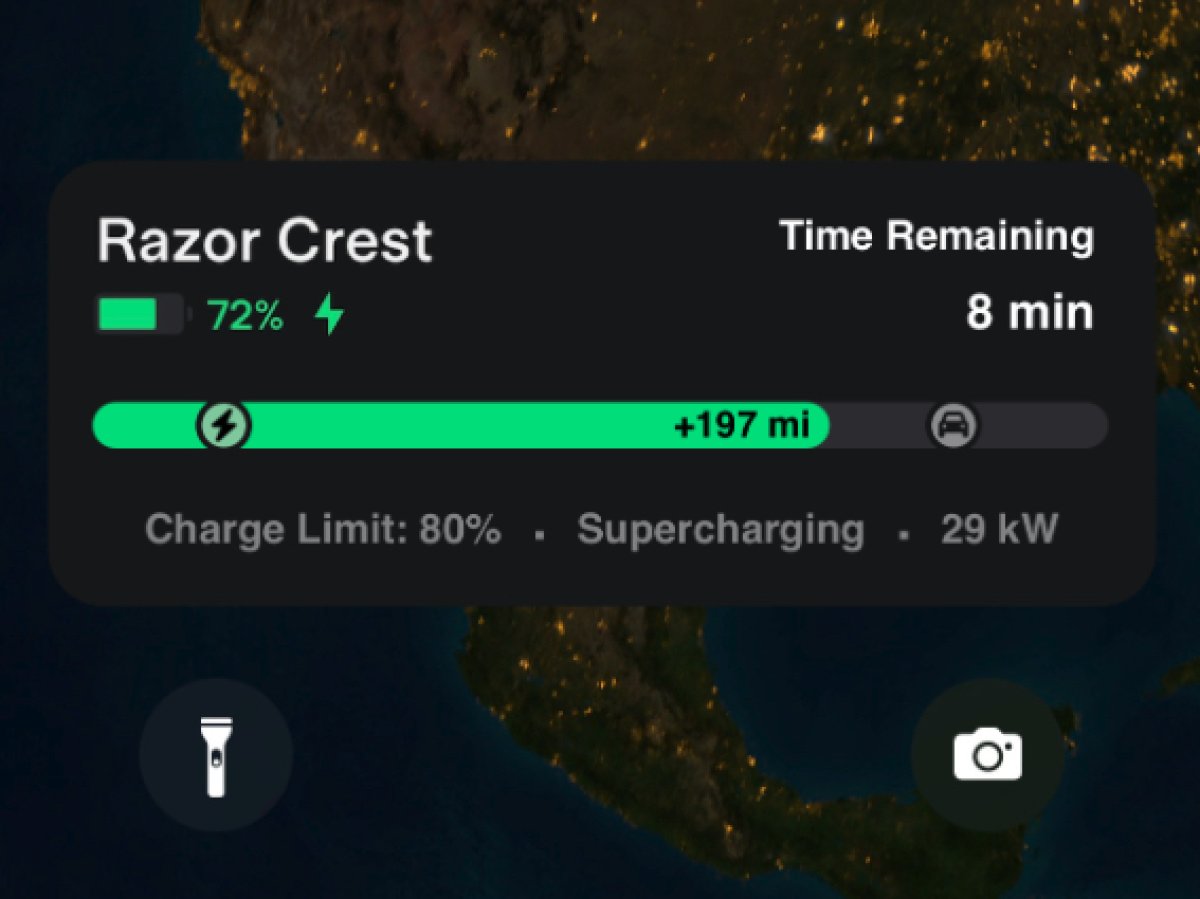
Apple’s Live Activities are auto-updating, persistent notifications that can provide real-time information about a certain task. Live Activities are useful for Uber, flight information or other critical tasks that can change often. In Tesla’s case, they can be used when Supercharging or using Sentry Mode. You’d quickly be able to see how much time is remaining your charging session or how many Sentry Mode events you’ve received.
Tesla Energy
Tesla’s energy wing has been quietly doing a lot of work behind the scenes, so let’s take a moment to appreciate everything that’s happening here.
Supercharging
V4 Superchargers, including the V4 Cabinet and V4 Dispenser, are launching in early 2025, and will eventually replace existing Superchargers, as well as getting installed first at new sites.
These V4 Supercharger cabinets are capable of dispensing up to 500kW for the Cybertruck, using its unique 800v architecture. While Cybertruck can already hit 325kW from V3+ Superchargers, this is the next step forward to making Tesla's charge even faster.
Tesla Solar, Powerwall, and Megapack
Solar, Powerwall, and Megapack have been dutifully plodding away in the background, and Tesla has been working on expanding the factories that produce them. Both Mega Lathrop in the US and Mega Shanghai are undergoing expansions, and Tesla has released financial guidance that Megapack and Powerwall are going to be some of their biggest businesses.
Solar, on the other hand, seems to be slowly dying off. Tesla has killed off all their first-party solar installation and instead handed off the Tesla Solar program to third-party installers. There is also no news of pushing the Tesla Solar Roof to other countries - for now, it is only available in the United States “officially’.
We’d love to see Solar Roof and Tesla Solar make their way to other countries and even see some progress on the rumored Tesla home heat pump. While existing heat pumps are functional, Tesla has a way of disrupting industries and making them work smarter and harder like no one else.
Optimus
Tesla’s humanoid robot has made a big splash at the We, Robot event, and now we’ve even seen it starting to walk on its own. Tesla has also started to deploy Optimus to do some basic tasks at its factories in Texas.
Optimus is going to be another big game-changer, but this one is still years out. For now, we’d like to see more of the updated Optimus hands, and more of Optimus doing daily tasks, whether it's just walking, folding clothes, or tightening some bolts down.
Optimus is a fantastic future vision for Tesla, and it’ll definitely be something to keep an eye on in 2025. Who knows, maybe we’ll get another autonomy event from Tesla in 2025 where we’ll learn more about Optimus.
To wrap up this wishlist, there’s a lot to look forward to. 2024 was a fantastic year, and Tesla really hit most of their milestones. We saw amazing progress in FSD, the Cybertruck, and Model 3 Highland really settled in, and now there’s so much more to look forward to.











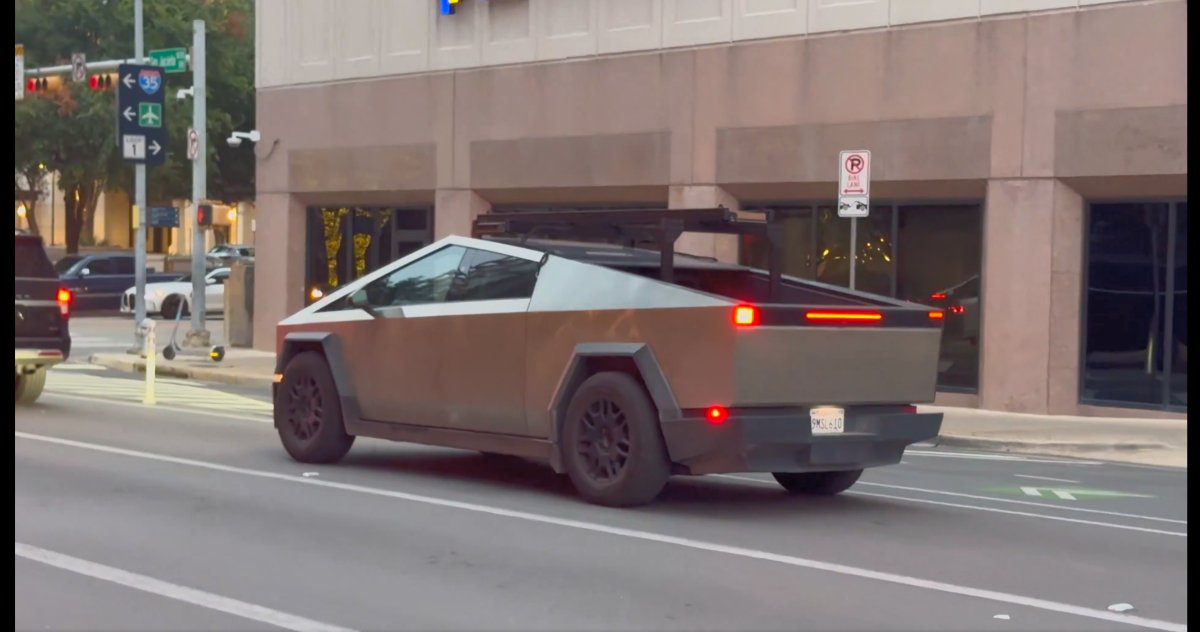
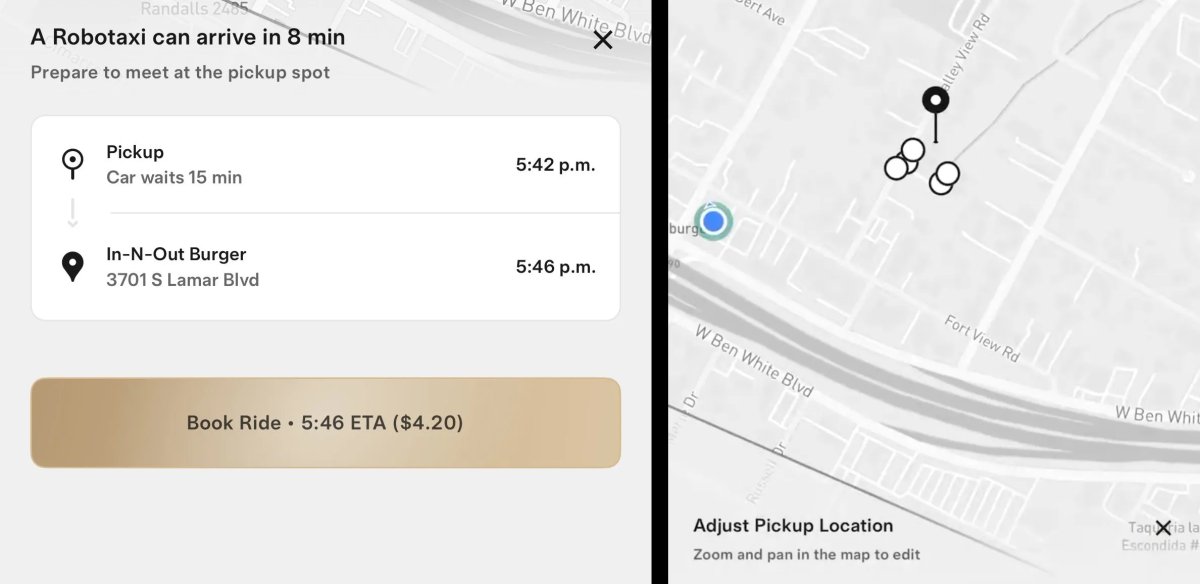


![Tesla Updates Robotaxi App: Adds Adjustable Pick Up Locations, Shows Wait Time and More [VIDEO]](https://www.notateslaapp.com/img/containers/article_images/tesla-app/robotaxi-app/25-7-0/robotaxi-app-25.7.0.webp/4ac9ed40be870cfcf6e851fce21c43b9/robotaxi-app-25.7.0.jpg)
